When 2020 took an unexpected turn in a really bad direction, the eCommerce industry was one of the few sectors that not just avoided harm, but actually grew. Driven by that strong and sudden boost, investors rushed to buy shares in Shopify and other eCommerce companies, making them a kind of winner when everything else seemed to be losing badly. What have we learned and what comes next? With the ‘end’ of this pandemic, is it safe to say that eCommerce analysts were too optimistic or the investors turned out to be short-sighted?
TL;DR: Not really. Change is inevitable. Not because of the outbreak, but because of social and behavioral evolutions. The digital shift is not a zero-one change but a multi-dimensional result of many factors.
External events triggered internal changes…
Shopify shares rallied from March 2020 through most of 2021, reaching ATH of $1690 per share on November 19th 2021. Investors counted on eCommerce software to grow, and COVID-19 expedited the shift toward a digital retail environment. Yet, when pandemic threats lessened, some investors started to cool down their estimations and claimed that demand for Shopify services will decline.
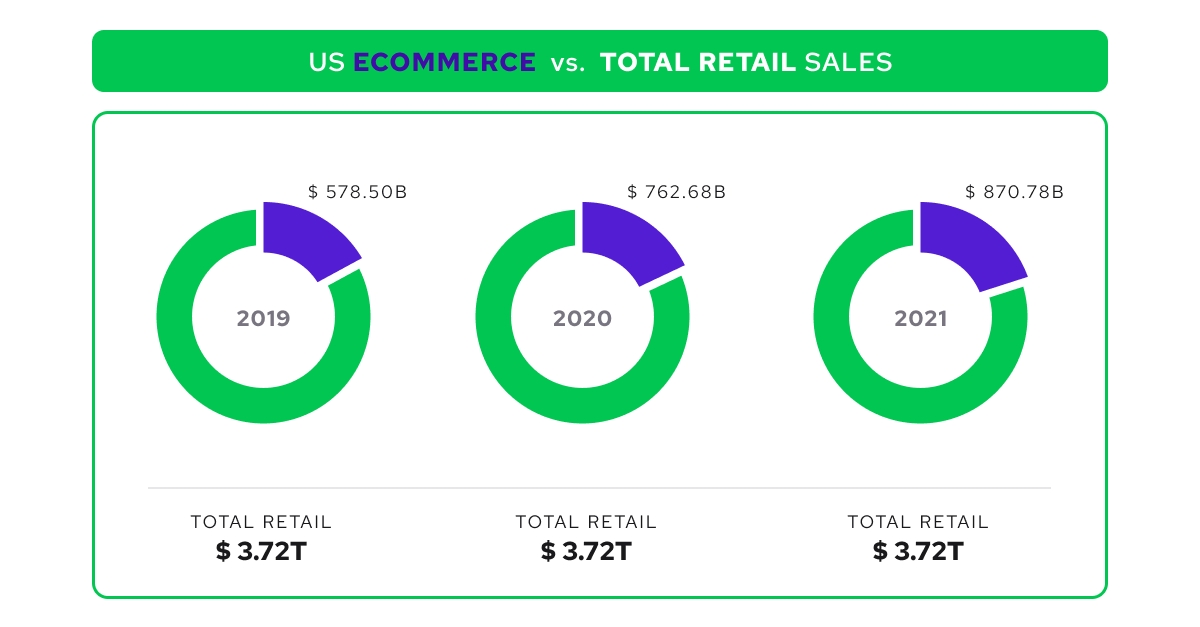
Indeed, as 2021 came to the end, stats began to hint that the eCommerce boom was slowing. The crucial question became whether we were seeing a collapse or a comeback to pre-pandemic forecasts?
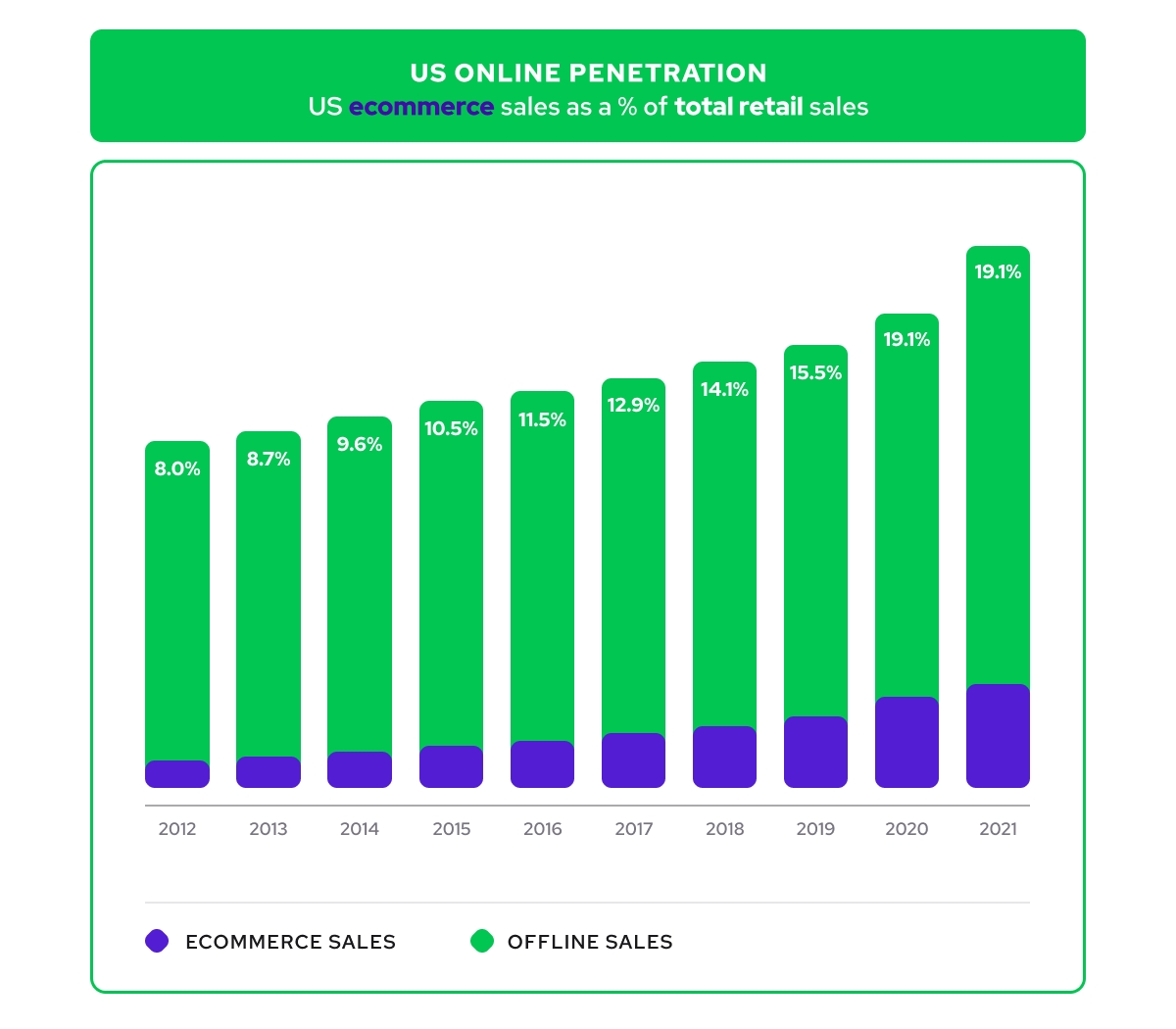
The answer seems, however, quite straightforward. The eCommerce market, even though its growth may not be as impressive as in 2020, is very steady, and its share in global retail keeps getting bigger. Yes, the thrill associated with the pandemic "eCommerce gold rush" is gone (at least for now), but for those who see the big picture, the case is clear.
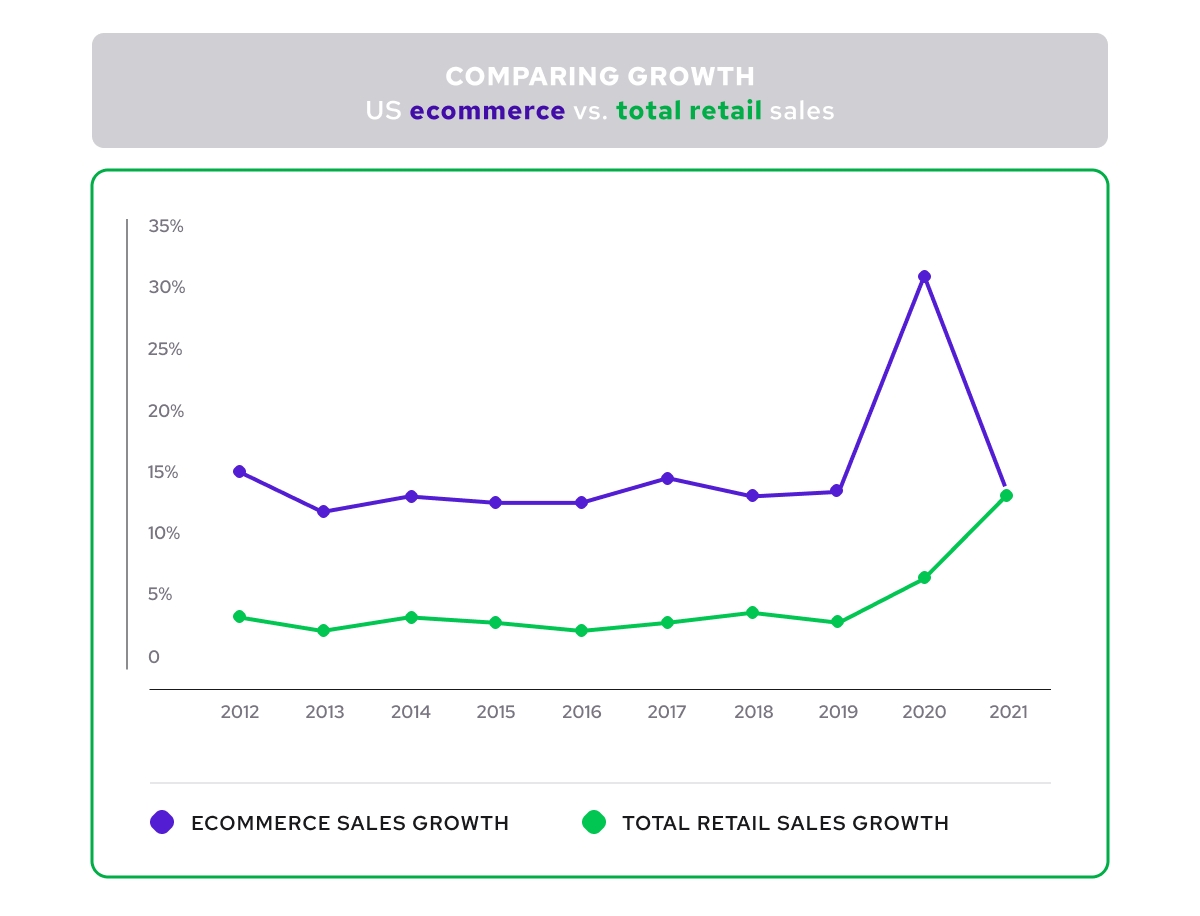
The eCommerce market, even though its growth may not be as impressive as in 2020, is very steady, and its share in global retail keeps getting bigger.
…and consumer behaviors
There is no going back from that trend, and it appears that deep down we all know it’s true. Customer expectations started to evolve long before the pandemic, and eCommerce growth was not exclusively pandemic-related. Of course, it grew while we had to deal with semi-permanent lockdowns during 2020 and 2021. At that time shopping online was the only way people could buy many things, but the current slowdown doesn’t interfere with the general trend.
Of course, cooling the investors' thrill may be harsh news for startups that want to jump on the "eCommerce bandwagon," as keeping the growth declared to investors (especially at initial levels) will be challenging. However, bursting the bubble seems to be good news for the market. It should benefit companies that develop products that bring actual value to eCommerce businesses. Still, a lot of lessons have been learned, so what comes next?
Digital transformation is not only about eCommerce
The eCommerce industry, despite being a kind of avant-garde of the technological revolution, is by no means the only one “touched” by pandemic-triggered changes. One of the most significant consequences of COVID-19 is that the relevance of geographical location diminished as long as there’s a reliable online connection. And this is the real change: flexibility caused by detachment from geographic constraints.
It opened up new possibilities in terms of the organization of work, living, and lifestyle in general. Today, everything can be done online - and it turned out that the vast majority of issues are (or will be) taken care of online.
Here we face one of the many challenges associated with this topic. As user behaviors evolve, technology must keep up. However, following diverse and rapidly evolving patterns is difficult due to the tech complexity. What waterfall scenarios brought to life years ago have now become a burden. The complexity of legacy stacks was built to maintain dependence.
The premise was good, but in between Silicon Valley introduced the world to new handy devices. Smartphones and smaller devices entailed changes that forever redefined the way people execute tasks, consume content, its volume, formats, and the way we consume, expose, and share data and information daily. From ‘No chance of any significant market share’ we came to ‘Can’t live without’.
Dealing with smaller screens for some years now influenced the way we live and work. Connected devices reshaped the communication workflows and forced a breakthrough in software design and further iteration with intuitive design. We jumped from monoliths to loosely coupled systems since the only constant is change (and adoption).
Over ten years of accelerated handy learning
Now with the perspective of time, we have in mind at least a decade of changes, learning, discovering, and improving. Probably like never before we can experience how in an interconnected way different spheres of life, technology, and science cross and interact.
The digital (r)evolution has quickly jumped to different areas of personal and professional life. Over the past few years, we have witnessed plenty of transformation. At the same time, ways of designing software have evolved and technology has itself started to learn. We don't see the process of progression every day, but it is advancing and evolving to solve burning issues that pop up in different spheres of life.
The age-old question of which came first – the chicken or the egg – challenges us every day. Now it’s in the form of whether software meets (or keeps up with) expectations or has something changed? Are users still keen on a given channel, or has yet another TikTok-like app taken already over mainstream interest? Can the process be sped up? Is the validation process done in the most efficient way? Is the payment method fast and secure? What about data storage and exchange? What about performance? Cost optimization? Teams of many educated and experienced professionals are seeking answers to these and many other questions, all in order to provide problem-solving resolutions.
The digital transformation didn't happen overnight

Digital isn't just a fantasy, it's an evolutionary consequence that affects every aspect of our lives. Big corporations and small & mid-sized companies incorporate innovative tools to preserve time, automate tedious tasks, secure data, and better allocate resources.
This applies not exclusively to eCommerce but to any online (or even offline) business. After all, the first steps of digitizing were taken in the 1940’s. What we’re witnessing is just another wave of changes. Whether it is an internal instance smoothing employee workflow or an independent service supporting business revenue, the implementation of digital happens and evolves every day. Data exchange and exposure backed with the right level of partnership is one of the distinguishing factors now on the market.
Online is the new normal
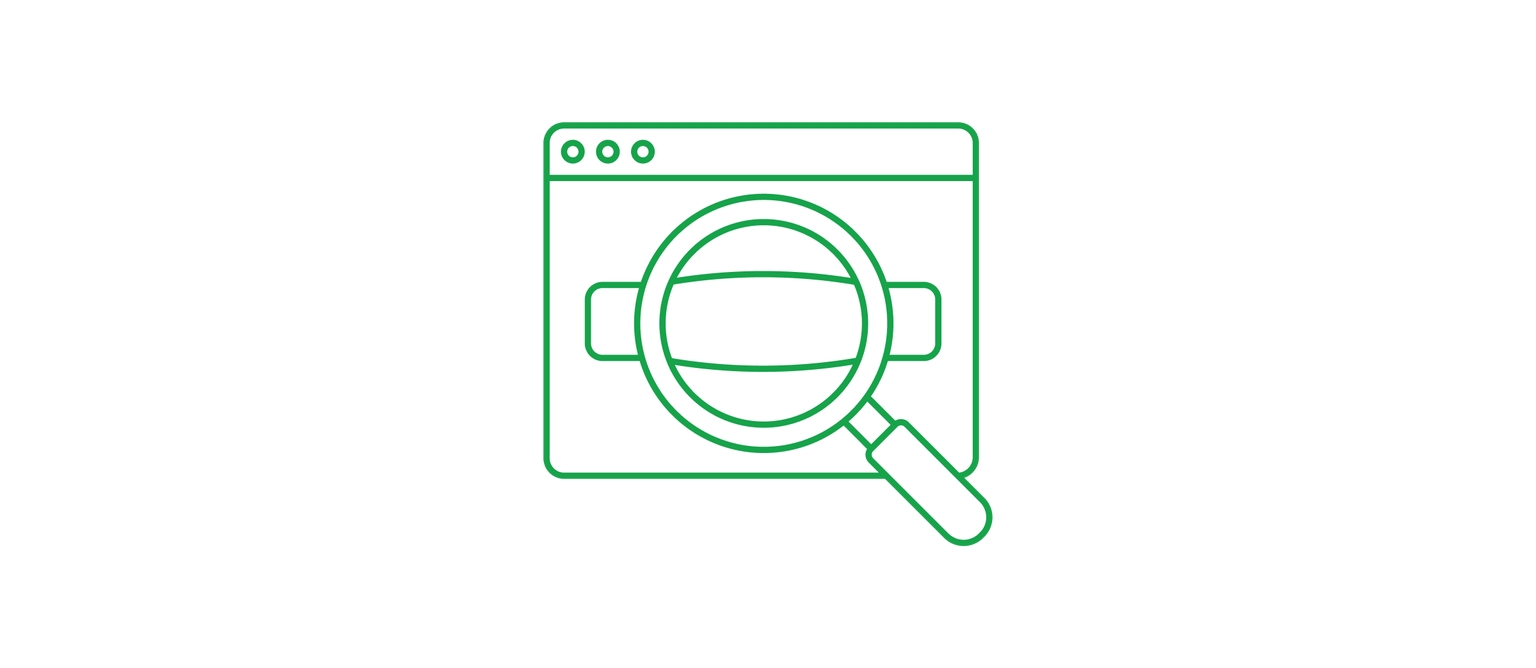
We’ve reached the point where competition happens online. Even if the final outcome is executed in a physical spot, the decision-making process is backed by research, study, and opinions. Whether it is personal or professional, the pattern is very similar, what differentiates is the scale of the search and factors taken into account. However, the superior objective of digital transformation changed the way we live.
With remote possibilities and globally open doors, businesses should provide a reachable and accessible path. The very general assumption of the digital paradigm is to ease processes. The last decade of discovering, learning, and shaping secure digital interactions enabled new forms of simply doing things. From ticket purchases, through online orders and reservations to applying for new documents. All processes are executed without leaving home in a simple and smooth way.
We’ve reached the point where competition happens online.
The search for efficiency changes as well

To keep up with commercial efficiency, organizations face the challenge of upfronting user expectations. It’s no longer only about presence but mostly about testing, composing, and delivering the most personalized and performant interactions.
At this point, businesses are at the intersection of user demands, design, and technology. It seems like being flexible enough to deal with fast and appealing deliveries is yet another challenge. The willingness to grow and scale collides with the legacy stack. Hence, we witness yet another transformation toward composing and upgrading software.
The willingness to grow and scale collides with the legacy stack.
2020 made digital transformation crucial for companies regardless of the industry they operate in. Finance, insurance, travel, and even government sites started to implement the features that are now allowing users to do much more without leaving their homes.
The acceleration is massive. Purchases, appointments, or even presenting the offers in an attractive way still happen remotely. Yes, the COVID-19 outbreak kicked off the changes globally. Some in a similar way, yet many organizations searched for new courses of testing and pushing forward digital amendments. Still, this variety of needs comes down to a simple objective – striving.
Digital transformation is about striving
A confluence of events and digital innovations triggered a natural evolution of human behavior. People noticed earlier that most issues can proceed online because it is convenient and saves time. The digital era that was exposed so dramatically in the news finally hit reality. When time is all we have, there is no way of turning back to the prior paradigm. Still, there is more.
We can’t blame the pandemic for every change that is happening right now. As we can see, the shift was unavoidable. The transformation started long before that.
Over the past 10 years, roughly since the appearance of smartphones and the first apps, the digital world has been on a very dynamic learning curve. The avalanche of changes has provided many insights, discoveries, and shifts toward snap reactions. The way people behave online, shop, share, and consume information has evolved. On this constantly evolving path, we have hit the spot where our attention span has shrunk to 6 sec. Humans being so easily distracted has become a challenge for businesses and marketers.
As user expectations change, on a bigger scale businesses must track brief moments of attention and respond promptly
Yet another shift in human behavior means the design of interactions and snap actions has to be aligned with a shortening attention span. As user expectations change, on a bigger scale businesses must track brief moments of attention and respond promptly.
The battle of conversions is adapting and it seems like soon we may witness new winners of an online presence. As technology is advancing, victors will be the ones that creatively and nimbly connect the dots. It’s about the ability to quickly spot the demand and adapt. As the tools are available at hand, the rest lies in one’s creative predisposition to respond.
So, how does one strive? In fact, both parties (consumers and businesses) have the same simple goal – to perform fast. Or even ultra-fast. Hence, companies must simply adapt. Let’s think about it as yet another (r)evolution.
Digital transformation has been tested on eCommerce
What seems to be a very theoretical elaboration on how to keep up with the demands has in fact already been tested. 2020 – the year that changed everything – can be seen as a big iterative space of testing and responding in the online space. Real-life cases challenged online (and many offline) businesses in terms of traffic peaks, time-to-market, bottlenecks, and supply interruptions. Many businesses that initially resisted digital change, facing a lockdown, accelerated their transformation.
The change might be seen as B2C exclusive, but it isn't. This probably not an isolated case, but an excellent example of when time matters. We, as Alokai, had a chance to contribute to it.
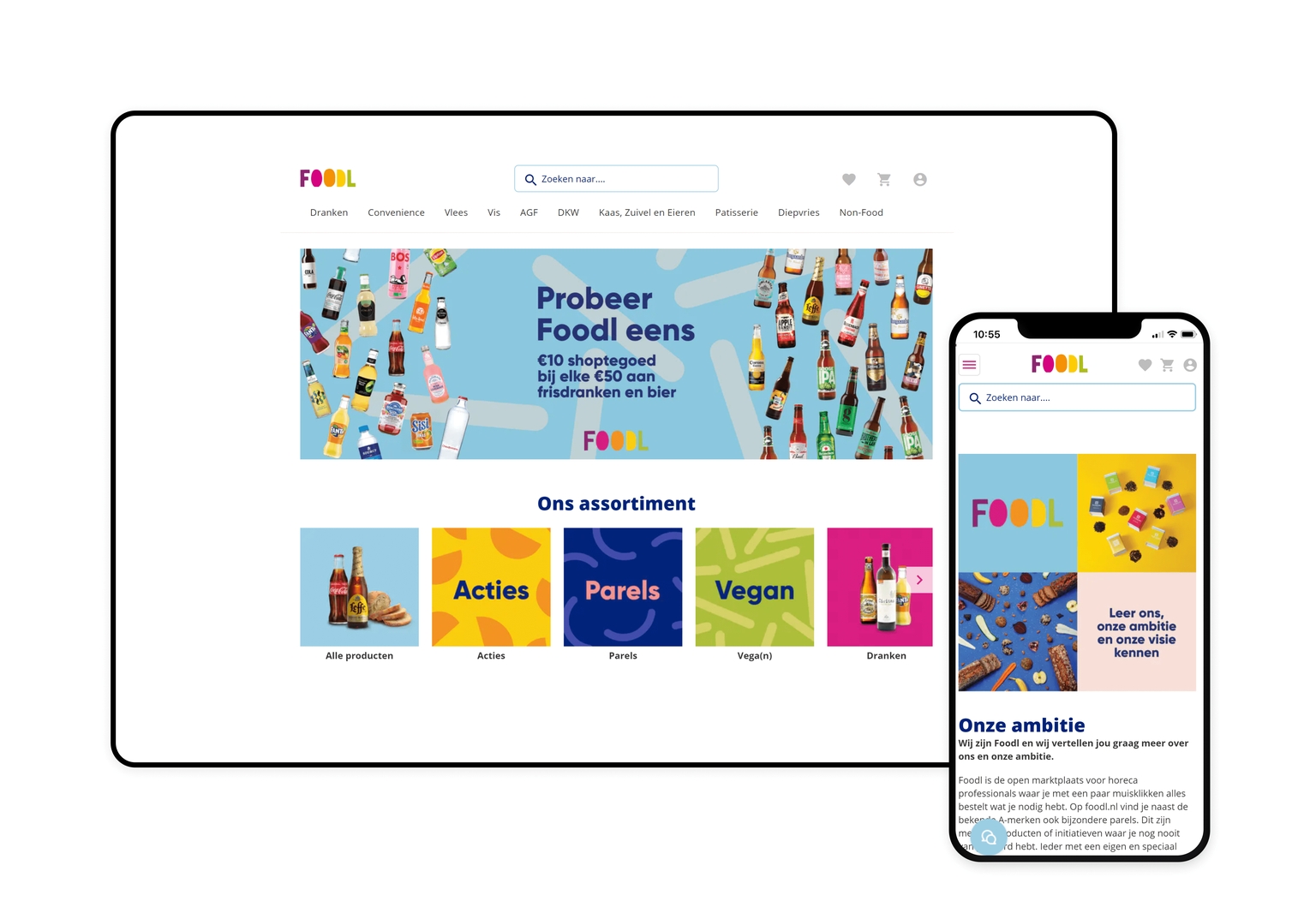
Foodl, a Dutch open food B2B marketplace was launched right before the HoReCa industry closed down. In cooperation with Mindcurv, facing the lockdown, they set up a platform perfectly suited for its clients. With an agile approach, the business has not only been saved but has revolutionized the way this B2B operates. You can check the details in the Foodl case study.
What have we learned?
From a bigger perspective, we can see those years of learning and advancing result in a faster response. Ready-made patterns enable fast business switches when facing the unexpected. The ability to respond quickly can be seen as yet another evolutionary advancement in human behavior. Being aligned with shorter attention spans may have positively impacted our ability to react faster and in a more effective way.
Foodl’s example of quick implementation is a result of past achievements in the areas of designing, mapping, and shaping UX, composing the best software available on the market with ready-made components.
Now we can gather new sequences of information, not because of what happened but of what comes next. The tested pattern can be implemented further in any industry fighting for a good online presence and revenue.
Circumstances caused by external factors have shown and confirmed that many processes can be done remotely. While the forced need is fading, certain options are still preferred and likely to stay with us for good.
Growing needs and preferences for convenience and speed put brand loyalty on the back burner in favor of quick options.
Genus AI reveals that between March 2020 and January 2022, Shopify has added 2.594.798 new online stores. Since a turnkey solution is the fastest way to kick off an online store, further growth and scaling will require proper amendments. Once again, trails have been blazed.
Digital transformation is a continuous process of improvement
Our learning curve is changing. Thanks to digital transformation and continuous improvement and retrospectives we implement agile more efficiently. The general rule of automating and easing processes is in place. Digital transformation doesn't have to mean implementing a major upgrade from day one. Depending on the sector, available resources, stacks, and individual needs, it can be of a different sort. Since transformation is a process, the nature of its perception changes. It is about adapting to current requirements and future-proofing the ecosystem.
Hence the growing importance of cloud computing, composable, Jam Stack, microservices, and Domain-Driven Design. The game is not just about a temporary upgrade to current requirements but about hedging on trends we don't yet know.
Every sector and industry is facing digital transformation
So who is facing digital transformation? Everyone and every sector or industry. Something that was once perceived as a trend is now inevitable change.
Yet, in a vast pool of digital service providers, it’s still hard to find tech vendors capable of supporting their business goals. This is especially true in terms of creating and shaping positive customer experiences, across all touchpoints - on- and offline.
The pace of change is now simply too fast to predict what feature is about to be crucial tomorrow.
Previously, they had to cut their expectations to fit in what given tech vendors offer, but it wasn't a long-term strategy. The pace of change is now simply too fast to predict what feature is about to be crucial tomorrow (think of the rise of Click & Collect demand that happened almost overnight).
How should we react, when (yes, it is cliche, sorry) change is the only constant? The answers can be different than the hated "it depends", but - fortunately - the tech world made it a little more specific.
On one hand - it’s true, there is no one silver bullet, but on the other - assembling a whole stack of them is possible and achievable. That is basically the main idea standing behind composable commerce.
Overcoming bottlenecks
When companies came to realize that being agile in the new, digital reality is crucial, their old IT systems, which were sluggish and difficult and often made in legacy technologies, became a real bottleneck.
Adding new UX-friendly features, boosting performance, changing UI, and implementing modern customer-friendly functionalities was a nightmare for developers and a huge risk for business stability. Old tech stacks typically were tightly coupled and so even the tiniest tweak on the frontend could have potentially caused the collapse of the whole site.

The MACH approach reversed the rules. Its core idea was to separate particular services and make them "communicate" via API.
This modularity gives you the ability to add, test and remove every service almost instantly. And - as I mentioned above - it can bring benefits not only to eCommerce companies, but the whole of commerce. Companies across all industries that are dealing with the need of creating a unique digital customer experience can take advantage of the MACH tech stack while going through digital transformation.
This is especially true since MACH is not necessarily an all-or-nothing game. It can be implemented gradually. Companies can apply a cost- and time-effective approach, and - instead of full-blown re-platforming - they can start with replacing just a frontend and/or Headless CMS, choosing the solutions that suit best their current needs.
That being said, implementing MACH technologies is not dedicated only to the A-list brands with robust in-house dev teams. On the contrary, with the MACH approach implementing new, digital features can be done without making a bloodbath on the backend. It works even with the old backend and so it doesn't require a huge investment from the very beginning.
What has been tested in eCommerce can now be applied further
2020 will be recorded in the pages of history as the one that put in doubt nearly everything. The clash with harsh realities in an era of great comfort came as a massive shock to everyone. But we learned a lot, perhaps much more in the last two years than we would have in the reality of an open world. With the eggs broken our responsibility was to choose how good an omelet we could make.
The next stage of growth and development is the refurbishing of a stack that has served us well over the years, but no longer keeps up with the demands of today's users.
The previously-mentioned Foodl case is one of the patterns businesses can use as a benchmark. It was developed and heavily tested by great and knowledgeable teams and gave a stamp of approval for a replica. When time matters, mapping and composing well-tested solutions is a way to go. And what if there is no heavy time pressure? Still, why burn through resources when one can fully focus on scaling and advancing. The era of partnership has been with us for some time now and applies to every business segment.
The next stage of growth and development is the refurbishing of a stack that has served us well over the years, but no longer keeps up with the demands of today's users. Decomposition and loose coupling are not an illusion but a step forward in development in any online-present industry.
Digital decay shapes the new era of customer engagement
As early adopters keep on benefiting from yet another transformation, those willing to last should follow.
What has been reshaped by lockdown will remain with us for years. Once again, certain events only triggered irreversible changes. Changes that had been marginalized for years needed to be implemented more quickly. As early adopters keep on benefiting from yet another transformation, those willing to last should follow.
Attention spans have shrunk, and at the same time brand loyalty seems to gradually lose the battle with speed and convenience. Legacy systems slow down implementation by consuming more and more resources. Maybe it's not that visible yet, or in the spirit of this is fine, better alternative reallocation of funds is ignored. But it’s there and we can’t deny the need for nimble implementation.
Connecting visual matters with performance and user new preferences requires changes in the approach to composing software. The recovery and initial enthusiasm will eventually require adaptive software to grow further. This iteration of the digital transformation is more about equipping people with the right tools to keep on advancing rather than building from scratch.
The road ahead
Even though it may have slowed down compared to the pandemic peak, growth in eCommerce continues. Moreover, the changes that eCommerce embraced early on are spreading beyond the industry. The insurance, finance, travel, and health industries should think ahead of what's going on today and implement digital-first strategies. Otherwise, they will lose on the markets that inevitably go toward full digitization.


















